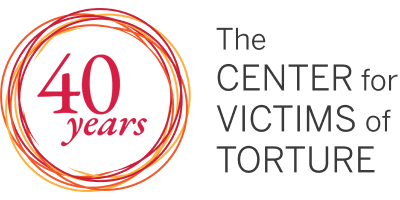CVT Past Project
From 2001 to 2011, CVT worked with 21 treatment centers throughout the world to expand their capacity to provide high-quality services to torture survivors. The goals of the program were to make each center more stable organizationally and financially; to expand the centers’ clinical capacity; and to help them develop effective advocacy campaigns, including community outreach and public education.
Subgrants were distributed to centers for operational support and technology improvements. Local consultants and international experts in torture rehabilitation met with individual centers to provide consultations and feedback. In addition, CVT coordinated a number of activities to strengthen regional networks and give torture rehabilitation colleagues an opportunity to learn from each other. Activities included:
- Regional training workshops on rehabilitation methods, advocacy techniques, and other issues;
- A project Web site to allow centers a secure way to communicate and exchange documents;
- Creating database software to help participating centers track client intake and records;
- Opportunities for staff exchanges between centers;
- Using staff from more established centers as consultants with smaller centers, thus extending the one-to-one assistance the project can provide as well as improving their leadership qualities.
Our ICB project partners included:
The International Capacity Building project was made possible through the financial support of the United States Agency for International Development and the American people’s support.
International Research and Program Evaluation Collaborative
Th ICB project also supported the International Research and Program Evaluation Collaborative to build the research and program evaluation capabilities of four international torture rehabilitation centers.
CVT worked with the Centro de Atención Psicosocial in Peru, the Independent Medical Legal Unit in Kenya, Struggle for Change (SACH) in Pakistan and CVT’s Sierra Leone program.
In close collaboration with each center, we helped their research staff learn how to evaluate their own programs and begin to understand what types of interventions promote the greatest recovery for torture survivors. Each center provided a range of programs and treatment approaches for survivors of torture. CVT helped them explore the effectiveness of various types of intervention strategies across populations, cultures and contexts. The project also used cross-cultural research methods to create tools and validated measures of adaptation in the local context.
The International Research and Program Evaluation Collaborative was made possible through the financial support of the United States Agency for International Development and the American people’s support.
